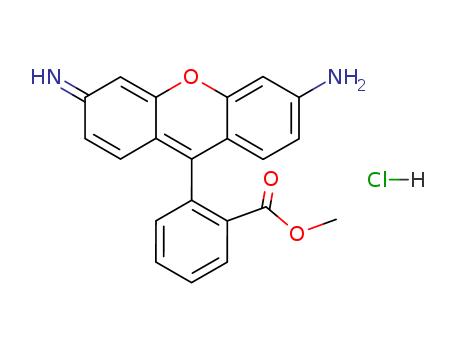10.1021/jm960384x
The research focuses on the structure-activity relationship (SAR) studies of benzofuran analogs of propafenone-type modulators aimed at reversing multidrug resistance in tumor cells. The purpose of the study was to understand the structural features required for effective inhibition of P-glycoprotein (PGP), a membrane-bound efflux pump associated with multidrug resistance. The researchers synthesized a series of benzofurylethanolamine analogs and evaluated their activity in vitro using rhodamine-123 efflux studies and daunomycin cytotoxicity assays. The conclusions drawn from the study indicated that there is an excellent correlation between the calculated lipophilicity of the compounds and their multidrug resistance-reversing activity, with the benzofuran analogs generally having lower activity/lipophilicity ratios compared to propafenones. The study also found that the incorporation of the ether oxygen of propafenone into a benzofuran moiety led to a decrease in activity, which could be partially compensated by increasing lipophilicity.



 Xn
Xn


